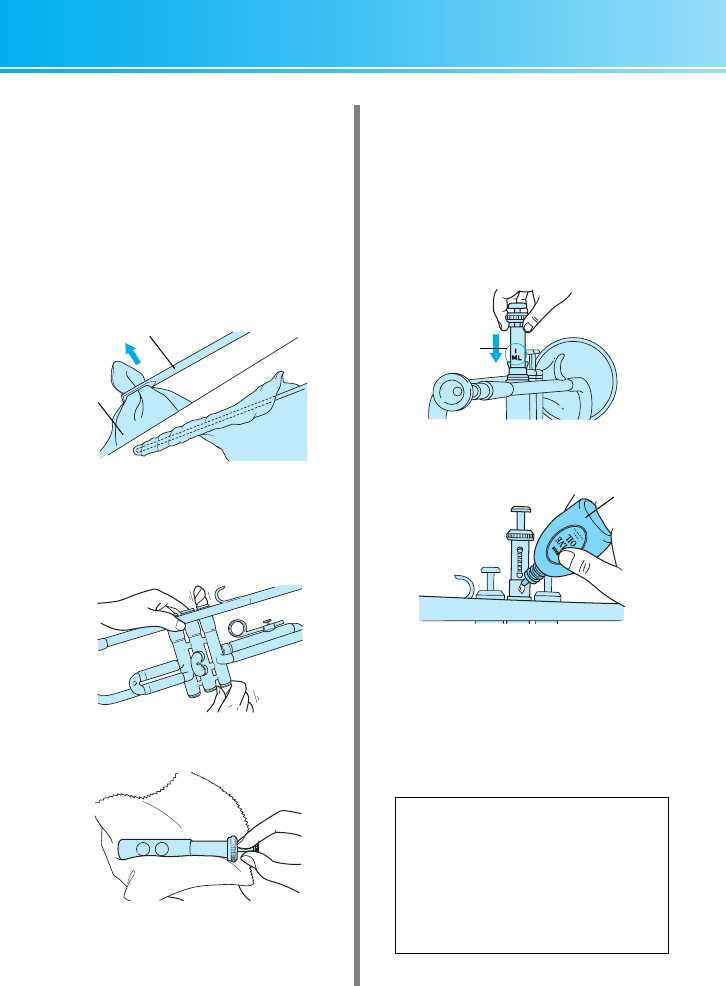
22
Maintenance
■ Once or twice a month main-
tenance
●
Piston and valve casing maintenance
The trumpet’s valves are designed with very little
clearance between the piston and the casing there-
fore, it is very important that these precision parts
be handled with care.
1. Wrap the cleaning rod with gauze leaving
no bare metal exposed.
Cleaning rod
* Exposed metal can result in damaged valve
casings or pistons.
2. Remove dirt from the inside of the valve
casings.
Gauze
3. Remove dirt from the pistons.
4. Return the piston to its corresponding valve
casing.
After confirming that the number stamped
on the piston matches the number stamped
on the valve casing, carefully insert the pis-
ton straight into the valve casing with the
number stamped on the piston facing the
mouthpiece. Do not rotate the piston in the
valve casing.
Number
5. Apply valve oil to the piston.
Valve oil
* Do not apply too much oil.
* If air does not pass through the instrument
when the piston is fully depressed, the
piston may be placed in the wrong valve
casing. Make sure that the numbers
stamped on the piston and valve casing
match.
The piston is the most important part of
the trumpet.
Never treat the pistons roughly,
drop the piston, or let the piston fall,
etc. If the piston becomes damaged
or dented, never return it to the
valve casing. Contact the dealer from
whom you purchased the instrument.
08.7.8, 3:56 PMPage 22


















